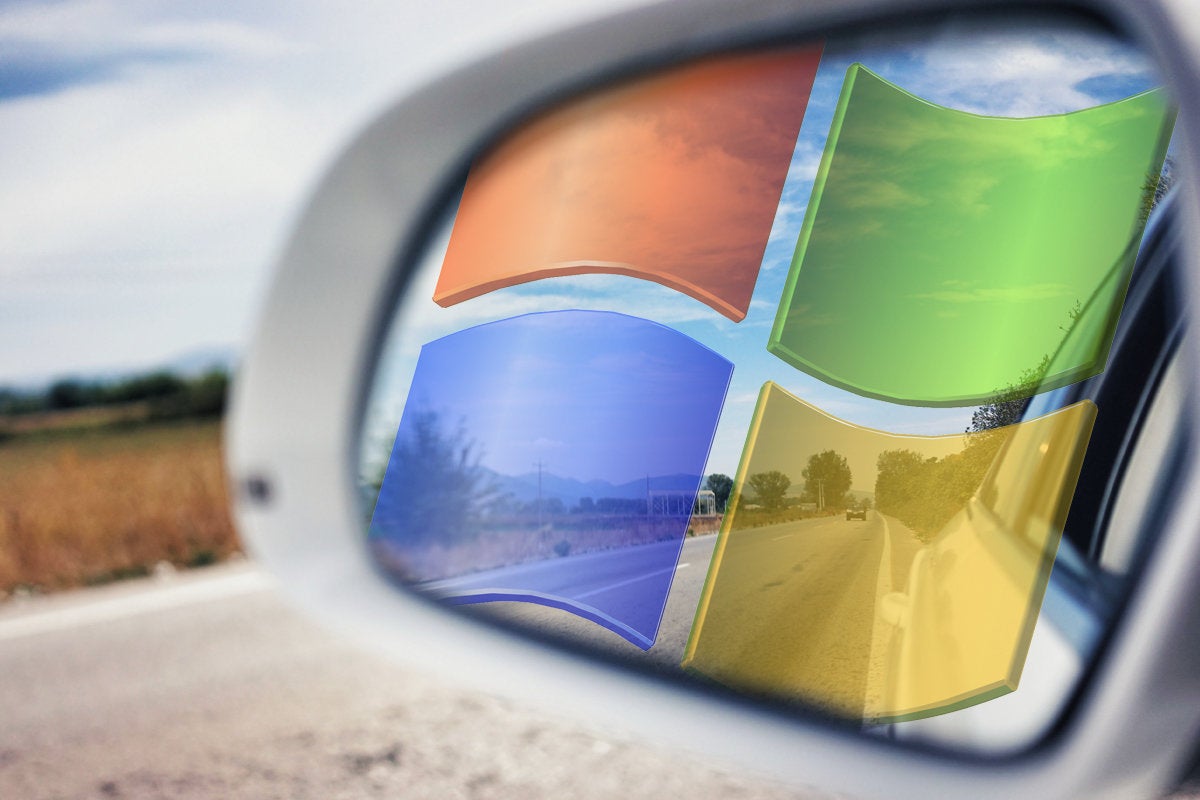When Windows 7 arrived 14 years ago, it was seen as better than its predecessor but still with issues. Vendors weren’t ready for it, important drivers were lacking, and few end users and IT admins liked User Account Control (which had been first introduced in Windows Vista).
Yet, as its lifespan comes to an end this month after 10 years of support and three additional years of extended security updates, many users and administrators refuse to move on. (Many argue that Windows 7 was their most-loved operating system and say Microsoft will never make another platform like it.)
If “old code” should be more secure, by now we should have few security issues left to fix on both Windows 7 and Windows 8.1. But last week’s Patch Tuesday release dealt with 42 vulnerabilities for Windows 7, including 25 elevation of privilege vulnerabilities.
While I admit that both Windows 10 and 11 sometimes drive me slightly crazy, one thing I don’t miss about Windows 7 are its installation and patching issues. I find it much easier to do a repair install on Windows 10 — or even a clean installation of Windows 10 or 11 — than I do for Windows 7.
Often at Askwoody.com, I’m asked to document how to get Windows 7 from SP1 to completely patched, which means dealing with hundreds of updates. Because I lived that process for so many years, I cringe at having to relive it. Remember Windows 7 and 8.1 are the last operating systems to offer up security-only non-cumulative updates (along with a security and non-security monthly bundle). Since then, Microsoft has hardened and changed the Windows update servicing stack to no longer support SHA1, making it a painful process to cleanly install Windows 7.
That said, there are still options for Windows 7 users, including 0patch to monitor and review for security issues going forward. 0patch plans to keep providing targeted updates to Windows 7. But don’t gloss over the fact that Windows 7 will get increasingly hard to maintain and use, as will ensuring you have a backup software vendor that supports it.
I once again urge users (you know who you are) to move to a supported system with a modern web browser that can better protect you. Websites and cloud applications are often used by attackers to gain access to your data, so think long and hard about how you access the internet. An Android tablet, or even an iPhone, has a better protected browser environment than an older unpatched Windows operating system.
If you still plan on using Windows 7 after its end of life, I have to ask: What are you doing to protect and isolate your machine now? For Windows XP, I often set up a null proxy in Internet Explorer so it couldn’t go online after left support. Here’s how:
Open Internet Explorer (IE) and click on Tools. Choose internet options and click on the Connections Tab. Click on LAN Settings. Check "Use a proxy for your LAN," then enter a bogus IP address so your system can’t browse the internet. Click OK twice, close IE, then open it back up. Now, do the same kind of thing for other browsers on Windows 7.
Bottom line: change can be hard. But we forget too often about what we’ve had to deal with on our technology journey. You can’t merely patch and fix an operating system to make it more secure. Nearly 14 years after its release, Windows 7 is leaving support still in need of patches. And come February, it will need even more.
Windows 7 had a long run; don’t put yourself at risk because of it.
Finally, I’d like to hear from you directly: What exactly did you love about Windows 7? What didn’t you like? I’ve prepared an open-ended survey you can respond to here.






